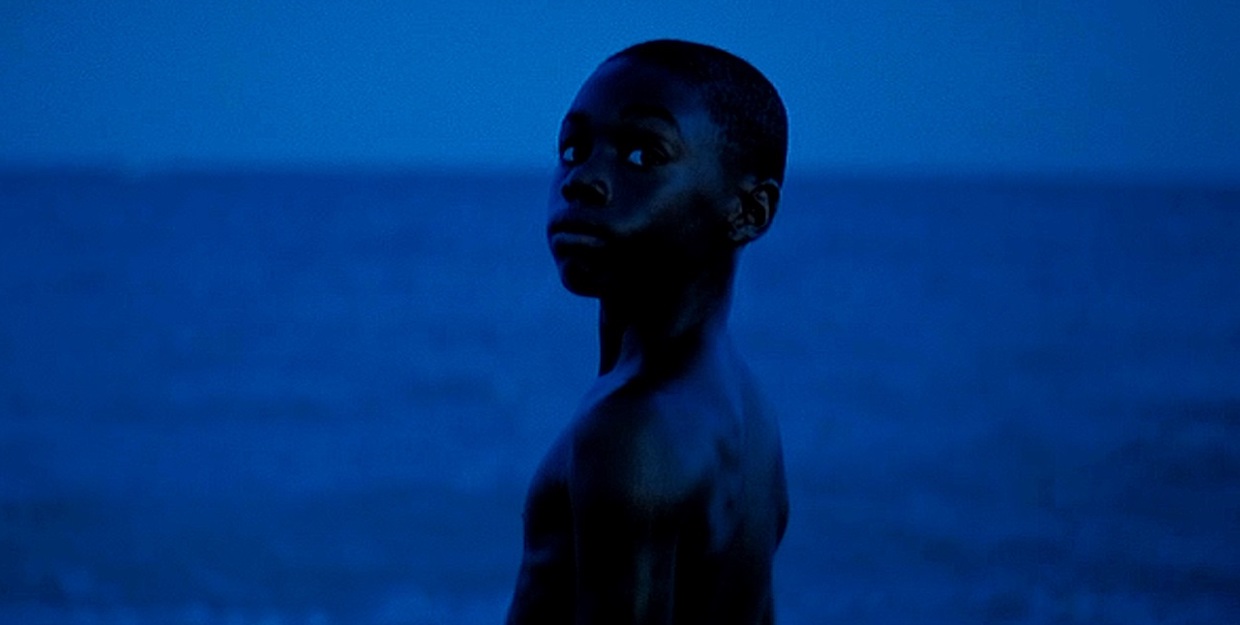 Back to selection
Back to selection
Extra Curricular
by Holly Willis
Expanding Horizons: How Film Schools Are Adjusting to a More Diverse Future
 Moonlight
Moonlight I’m just going to say it: Every film student should know how to light and photograph a full spectrum of skin tones. But do they?
Let me back up a bit. One of my current tasks at USC involves working with a team of faculty members to comb through the websites and resources of other universities to see what they’re doing with regard to equity, diversity and inclusivity (aka EDI). Why? So that we can build USC’s infrastructure, research agenda and programming to better reflect diversity and inclusiveness.
I also serve on another committee called Race, Arts and Placemaking (a.k.a. RAP), dedicated to supporting stronger relationships among faculty and diverse local arts and education nonprofits to explore ways to use the arts to enhance our interactions with the community around us.
Like many of my colleagues, I have also combed through my course syllabi to redress gaps and omissions so that they, too, reflect more diversity.
I’m definitely not alone in these efforts. Since 2016, with the election of Donald Trump and the unleashing of white nationalism and rampant sexism across the United States, colleges and universities have finally begun to take equity, diversity and inclusiveness seriously. Campuses in record numbers are creating positions with titles like “Chief Diversity Officer.” Other campuses are asking faculty to draft statements detailing their position in relation to equity, diversity and inclusion, inspired perhaps by UCLA’s public statement in 2018 that all job applicants will need to submit an EDI statement to even be considered for a position.
Film schools are not immune to these efforts, and a cadre of faculty and students have assembled a series of compelling resources. Take EDIT Media. The initiative’s title stands for Equity, Diversity and Inclusion in Teaching Media, and the consortium of faculty participating in the effort is dedicated to creating resources and best practices for increasing inclusivity in film and media education.
The project emerged from the gender, diversity and inclusion caucuses of the University Film and Video Association (UFVA) under the leadership of filmmaker Jennifer Proctor, an associate professor of journalism and screen studies at the University of Michigan-Dearborn. Proctor recently published an essay on the EDIT site titled, “Why Does My Actor Look Like That? Teaching Inclusive Lighting Techniques,” which details her own growing awareness regarding how best to light Black actors, with clear instructions on how to guide students through the historical, technical and philosophical aspects of this topic. Anyone who reads the piece will be able to walk into a classroom and talk about lighting and shooting for inclusivity, and this kind of ready-to-use information is incredibly valuable for film and media faculty.
The EDIT site also includes documents titled: “The EDIT 10: Best Practices for Inclusive Teaching in Media Production”; “The STUDENT 7,” a guide for students enrolled in film classes; and the EDIT 5, which lists practices for chairs and administrators to advance inclusive policies, practices and support systems in their departments.
On Critical Commons, a fair use advocacy site for researchers using media clips launched in 2008 by Steve Anderson, busy professors and students can find dozens of DVD-quality clips designed to illustrate principles of cinematography, lighting and editing techniques in films by and featuring people of color. Showcasing a range of actors across a spectrum of films may seem like an obvious thing, but for faculty who developed their clip libraries a decade or two ago, switching things up is time consuming. However, with Critical Commons, finding and assembling clips to make racially varied media examples for a lecture is super easy. For example, USC’s Philana Payton, a graduate student in the Cinema and Media Studies program in the School of Cinematic Arts, has posted 40 different clips alone. Need to demonstrate lighting? Show the clip Payton pulled from Moonlight. Need an example of a very long take? Why not show a shot from Haile Gerima’s Bush Mama, again, captured and shared by Payton.
In addition to EDIT Media and Critical Commons, the Critical Media Project, created by Alison Trope, offers yet another resource, in this case to increase the ability of students to “decode media representations of race, ethnicity, gender, sexuality, socio-economic class, religion, age, and disability, and develop an understanding as to how these identities intersect.” Trope, a faculty member in USC’s Annenberg School for Communication and Journalism, uses CMP with her own students, as well as with K-12 educators in Los Angeles, helping teach critical media literacy while also providing easy access to a wealth of clips and resources. There are also curated playlists based on diverse topics, as well as classroom activities. The goal is to empower students to see how they are being represented, and to be able to respond with their own forms of representation.
These three resources — created by faculty and students for faculty and students—demonstrate the incredible pedagogical power of sharing. More significantly, however, they insist that we recognize our responsibility in developing more inclusive teaching practices in relation to race, gender and sexual diversity. The lackadaisical attitude of the past was, and remains, intolerable.
